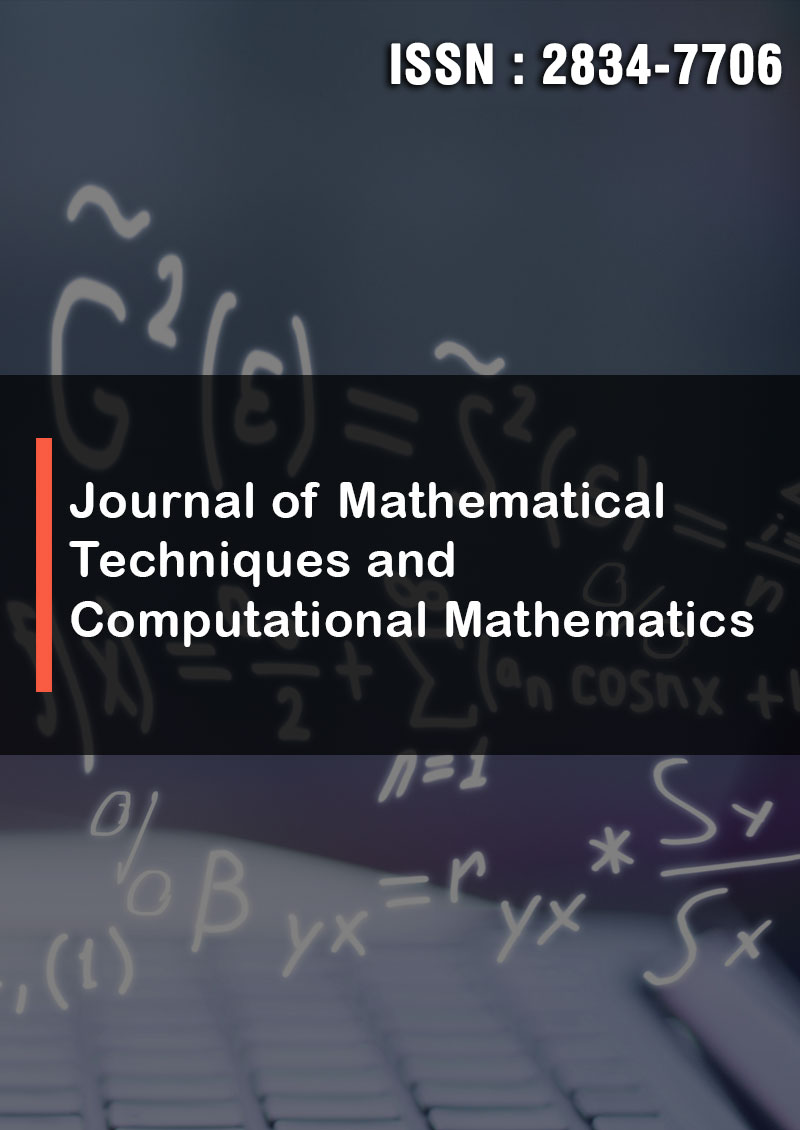Birth Orbit of K2-33b Revealed by Kinematic Model of Tidally Interacting Binaries
Abstract
Bijay Kumar Sharma
K2-33b, discovered recently, is one of the youngest planets discovered till date. This infant planet and their likes hold the key to unraveling the origin and formation processes of planets . K2-33b is just within co-rotation orbit and the silicate dust sublimation orbit. The Age of the system is only 5 to 10My. Under the circumstances in-situ formation is the only permitted scenario. The disk migration within proto-planetary disc of M3 dwarf stars is categorically ruled out. The kinematic model of tidally interacting binaries, when applied to Star-Planet system, very convincingly explains the detection of K2-33b as transiting ice giant at 0.04AU. Kinematic model gives the following scenario: Within 1My K2-33b completes the planet formation through agglomeration-sticking into pebbles, pebbles colliding and lumping to km-sized planetesimal, planetesimals growing to planetary embryo of 10M+ by collision and coalescing and planetary embryo in turn enveloping itself with gas by runaway gravitational accretion to 70 M+ terminated only after the gas-dust is cleared from the inner region leaving a gaping void at the first co- rotation orbit. K2-33b tumbles into sub-synchronous orbit because of inherent instability at the inner co-rotation orbit and gets trapped in gravitational runaway death spiral. Along this collapsing spiral trajectory K2-33b travels from first co-rotation orbit of aG1 = 6.76818×10^9 m to the present orbit a = 6.11856×10^9m in 5.567My to 11.34 My. While it is spiraling inward it is making K2-33 spin faster and K2-33b is collapsing inward. This in-spiral collapse rate at the present time is -2244m/y to -1121m/y which can be confirmed in near future. In next 8.9 yrs to 17.8 yrs it is destined to lose 20km as semi-major axis decay. Eventually when it crosses the Roche’s Limit at 1.65×10^9m either K2-33b tidally vaporizes into a gaseous ring around K2-33 or K2-33b is engulfed by K2-33. This tidal pulverization will occur in future about 347,000 y to 487,000 y from now. This is the scenario predicted by Kinematic Model and observed by discoverers of K2-33 system.



